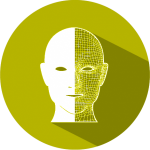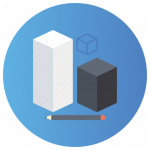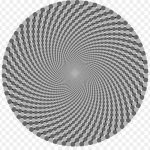WHAT IS GRAPHIC
Pictures that are created by a computer are called computer graphics or digital graphics. Examples are photos, illustrations, line art, charts, designs, typography, characters, symbols, geometric figures, diagrams, engineering designs, or other pictures. Graphics often blend text, illustration, and color. Graphics can be abstract or aesthetic. The latter can be a cut version, such as a picture, or representation by a scientist to highlight fundamental features, or an artist, in which case the definition with fantastic graphics may become blurred. It can also be used for design.
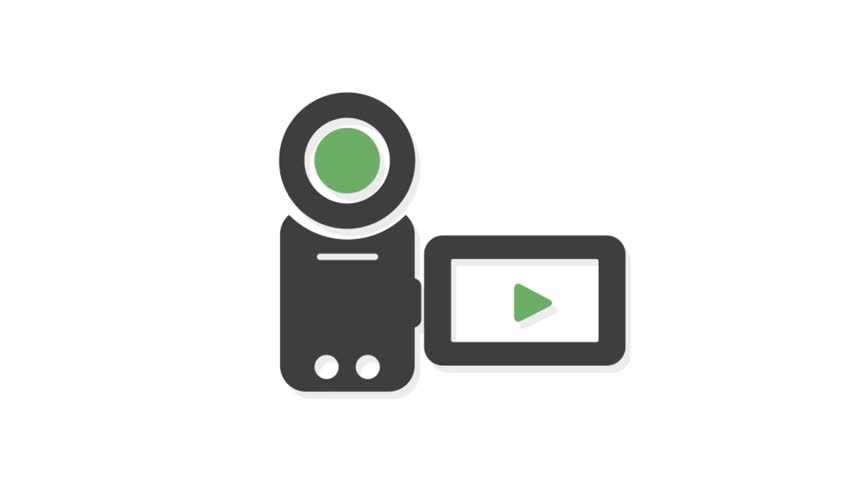
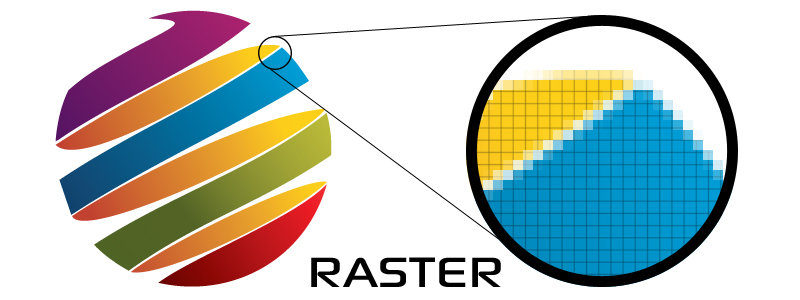
RASTER GRAPHIC
A raster file is usually larger than a vector graphics image file. A raster file is usually difficult to modify without loss of information, although there are software tools that can convert a raster file into a vector file for refinement and changes.
VECTOR GRAPHICS
Vector Image is the representation of digital images within a series of divisions or mathematical observations that place lines and shapes in a given two-dimensional or three-dimensional space.
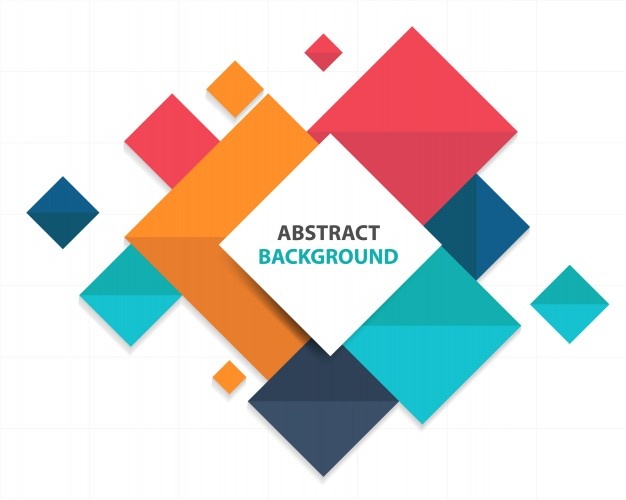
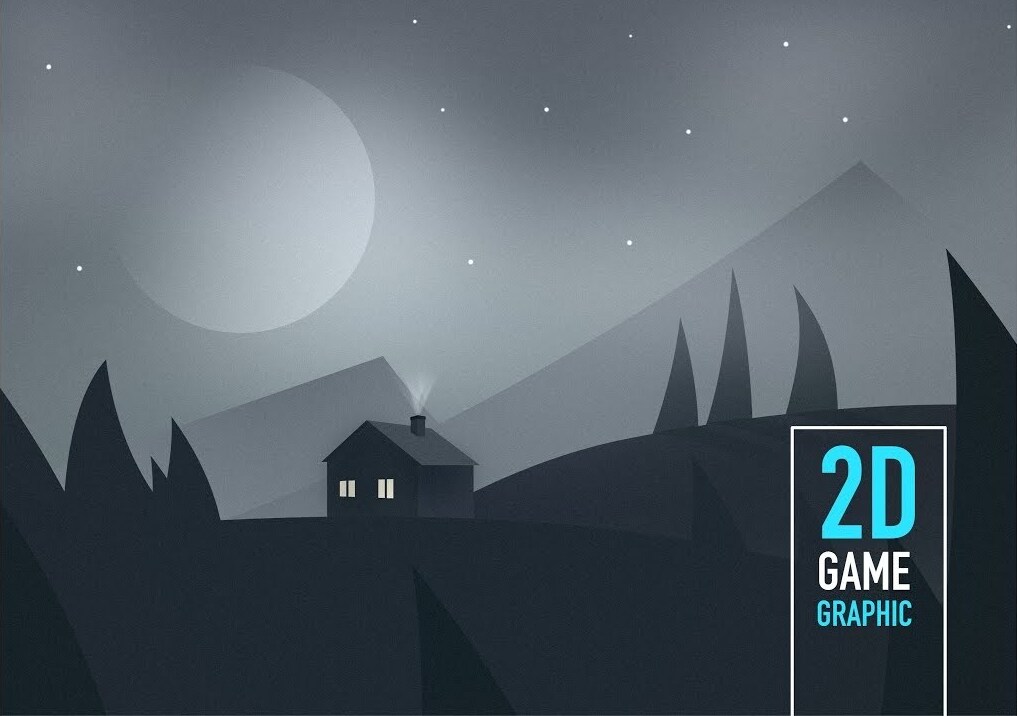
2D GRAPHICS
2-D images are often utilized in applications that were first formed via traditional printing and drawing technologies. Typography, technical drawing, and advertising are examples of applications and technologies that initially used 2-D computer graphics. In those applications, the two-dimensional image is not only a description of a real-world object but also an independent artifact with added semantic value.
3D GRAPHICS
3D images depend on many of the identical algorithms as 2D vector images. In computer graphics software, 2D applications may use 3D methods to produce some effects such as brightness, and 3D may use some 2D rendering methods.
The objects in 3D images are often referred to as 3D models. A 3D model is a mathematical description of any three-dimensional purpose. 3D printing, models are formed into an exact 3D physical classification of themselves; with some modifications as to how exactly the physical model can match the virtual model. 3D graphics fall into 3 phases
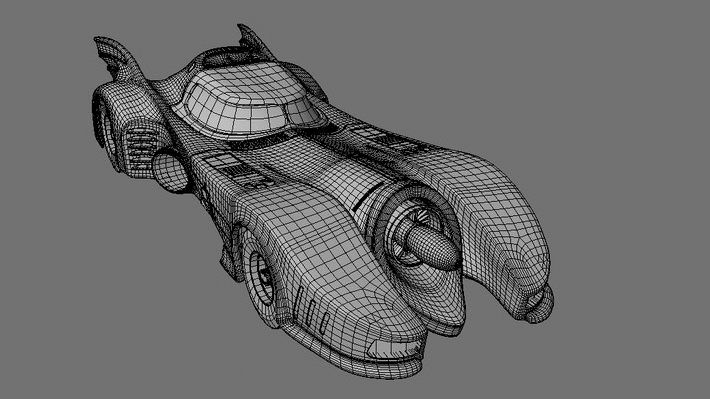
3D MODELING
The method of creating a computer model of an object’s shape.
LAYOUT AND ANIMATION
The organization and evolution of objectives within a scene
3D RENDERING
The predictions that, based on light arrangement, covering types, and other characteristics, that make the image
WHY GRAPHIC DESIGNING IS IMPORTANT
Image design is an essential tool that enhances how you communicate with your audience. It serves to dispatch your ideas in a way that is not only practical but also aesthetic.

SERVICES THAT WE OFFER:
Following are the services that we serve to our clients
LOGO IDENTITY
WEBSITE DESIGN AND DEVELOPMENT
ADVERTISING
ART AND ILLUSTRATION
PACKAGE DESIGN
WHAT IS ANIMATION
Visual animation or graphic animation is a variety of motion graphics and probably more conceptually combined with traditional animation and paper illustrated animation, but still technically fitting as stop motion animation consisting of the animation of images in full or in frames and other non-drawn two-dimensional visual graphic material, such as newspaper and journal clippings. In its most classic form, illustrated animation can take the form of the animation camera simply moving up and down and across different pictures, one at a time, filmed frame-by-frame, and therefore, animation without changing the images from frame to frame. But once the photos or graphics are also moved from frame to frame, more interesting montages of action can be performed combined with other forms of animation, including direct manipulation animation and traditional animation.
TYPE OF ANIMATION
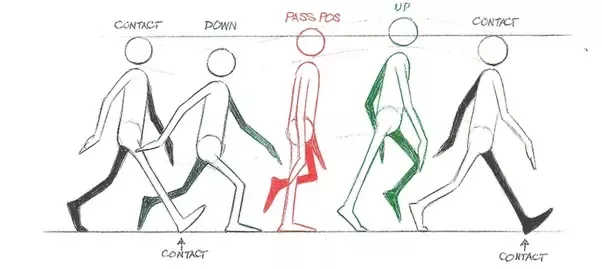
TRADITIONAL ANIMATION
Traditional animation is also related to cel animation. It is one of the older patterns of animation. In it, the animator picks every frame to create the animation progression, just like people used to do in the old days of Disney. If you’ve ever had one of those flip-books when you were a child, you’ll get to know what I mean. Following drawings screened immediately one after another creates the illusion of movement.
2D ANIMATION
This method has become very common in the last decade because of the convenience of technology and growth. Flash is affordable and easy to use, as are other vector-based animation software. A vector-based animation, involve in 2D animations, use the same methods as conventional animation, but also helps from the lack of physical objects needed to make traditional 2D animations, as well as the capacity to use computer insert to the same time.
3D ANIMATION
3D animation works unusually than traditional animation. They both need an understanding of the same sources of movement and rhythm, but the professional skill set is very uncommon for each task. While popular animation requires you to be a fantastic draftsman, computer animation doesn’t. 3D animation is more related to playing with creatures rather than drawing.
MOTION GRAPHICS
Motion graphics are entirely separate from other types of animation. Unlike the other models on our list, it is not character or story-driven. It’s the science of creatively disturbing graphic components or texts, regularly for commercial or promotional purposes. The method of producing Motion Graphics depends on the applications used since video editing software’s often have different UI or settings, but the idea is the same. Motion Graphics regularly include animating images, texts, or video clips using key framing that are tweened to make a smooth motion within frames.
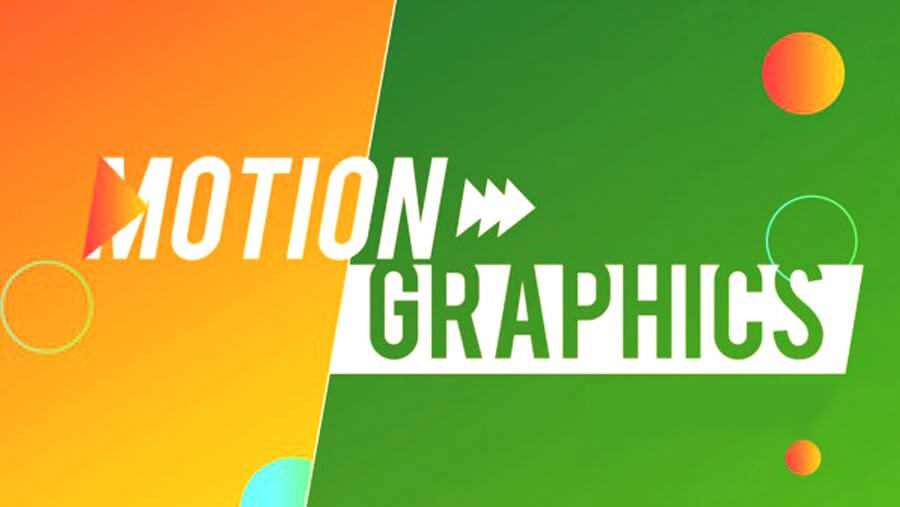
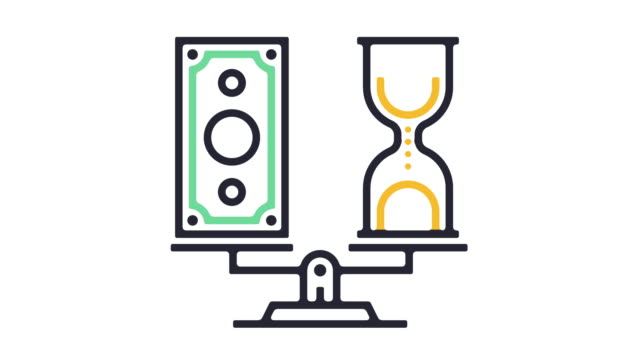
STOP MOTION
Stop motion is made by using a photo of a recipient, and then transferring it just a little bit and taking another image. The method is replicated, and when the pictures are played back one after another, they give the rhythm of progress. This is related to traditional animation, but it uses real-life materials, preferably of drawings. The process of stop-motion animation is very long, as each object has to be particularly crawled inch by inch, while it’s being captured every frame, to generate a fluid sequence of animation.
WHY ANIMATION IS IMPORTANT

The animation is essential these days because technology growing day by day and it makes us able to tell tales and express passions and thoughts in a different, easy-to-perceive process that both small kids and grown-ups can understand. Animation has helped us to combine people throughout the universe in a way that is sometimes writing and live-action animations.

